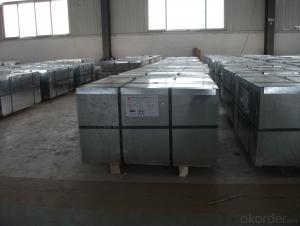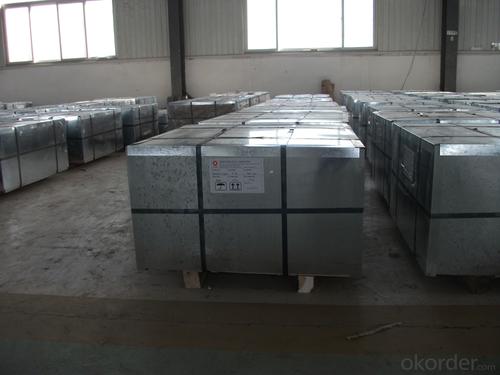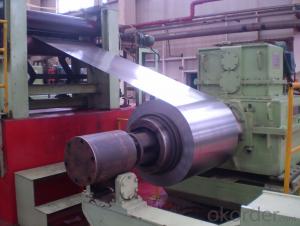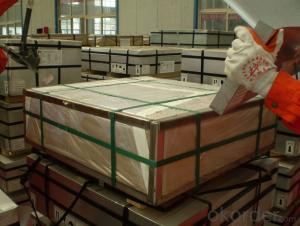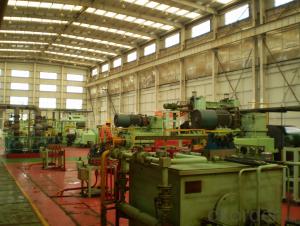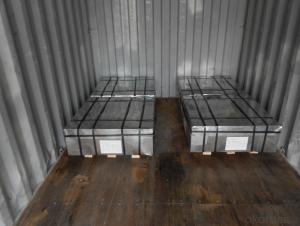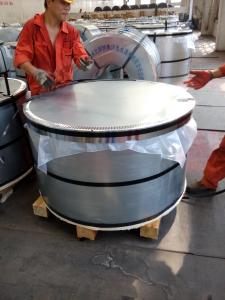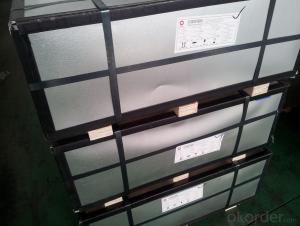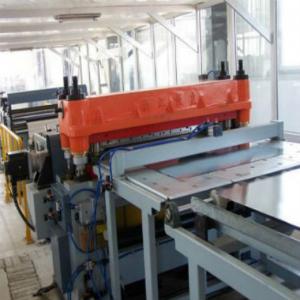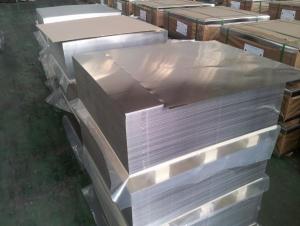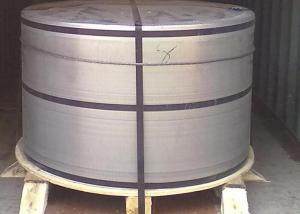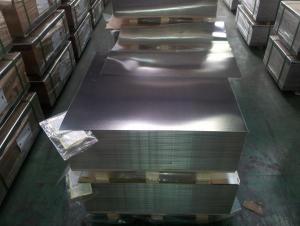TINPLATE Of Prime or Secondary Quality
- Loading Port:
- China Main Port
- Payment Terms:
- TT OR LC
- Min Order Qty:
- -
- Supply Capability:
- -
OKorder Service Pledge
OKorder Financial Service
You Might Also Like
Our Tinplates Specification:
Standard: ISO 11949 -1995, GB/T2520-2000,JIS G3303,ASTM A623, BS EN 10202
Material: MR,SPCC
Thickness:0.15mm - 0.50mm
Width: 600mm -1150mm
Temper: T1-T5; DR8 - DR10;
Annealing: BA & CA
Passivation:311
Oil: DOS
Surface: Finish,bright,stone,matte,silver
Packing:
1、For sheets: plastic or waterproof paper, metallic cover and angles, steel strips,wooden pallet.
2、For Coils: plastic or waterproof paper,plastic protect plate,steel strips.
Coil Inner Diameter: 508mm
Weight: 6-10 tons/coil
Application: widely used in every kinds of packing cans,such as tea packaging cans, painting packaging cans, chemical packaging cans and dry food packaging cans; and also mechanical parts
Both Prime and Second Quality Are Available!!!
- Q: How does tinplate packaging contribute to product protection against leakage?
- Tinplate packaging provides a strong barrier against moisture and air, preventing leakage and maintaining the integrity of the product inside. The tin coating on the steel surface ensures excellent corrosion resistance, enhancing the packaging's ability to protect against leaks. Additionally, tinplate packaging is highly durable and able to withstand external pressures, reducing the risk of package damage that could lead to leakage. Overall, the use of tinplate packaging significantly contributes to product protection and helps prevent leakage.
- Q: What are the common challenges faced in the production of tinplate?
- Some common challenges faced in the production of tinplate include ensuring consistent tin coating thickness, achieving uniform surface quality, preventing oxide formation on the tin surface, maintaining proper adhesion between tin and steel, controlling tinplate flatness, and managing the overall production cost.
- Q: Is tinplate magnetic?
- Yes, tinplate is magnetic.
- Q: How does tinplate perform in terms of moisture resistance?
- Tinplate performs exceptionally well in terms of moisture resistance as the tin coating acts as a barrier, preventing direct contact between the metal substrate and moisture. This helps to inhibit rust and corrosion, ensuring the durability and longevity of tinplate products, making it an ideal choice for packaging and other applications requiring protection against moisture.
- Q: Can tinplate packaging be used for electronic products?
- Yes, tinplate packaging can be used for electronic products. Tinplate offers excellent protection against moisture, corrosion, and physical damage, making it a suitable choice for packaging sensitive electronic components. Additionally, tinplate can be easily shaped and printed upon, allowing for customizable designs and branding opportunities.
- Q: What are the common closure mechanisms for tinplate containers?
- The common closure mechanisms for tinplate containers include screw-on lids, snap-on lids, and press-on lids.
- Q: What are the different ways to stack tinplate cans?
- There are several different ways to stack tinplate cans, including vertically, horizontally, in a pyramid formation, or in a grid pattern. The choice of stacking method may depend on factors such as available space, stability required, or ease of access.
- Q: What are the advantages of using tinplate for beverage cans?
- There are several advantages of using tinplate for beverage cans. Firstly, tinplate is highly resistant to corrosion, ensuring that the cans remain intact and the beverage inside stays fresh. Secondly, tinplate provides an excellent barrier against oxygen, light, and moisture, preventing any potential contamination and maintaining the quality of the drink. Additionally, tinplate is lightweight yet strong, making it convenient for transportation and reducing packaging costs. Lastly, tinplate is recyclable, making it an environmentally friendly choice and promoting sustainability.
- Q: How does tinplate packaging contribute to product aesthetics?
- Tinplate packaging contributes to product aesthetics by offering a visually appealing and versatile option for packaging. Its shiny and reflective surface adds a premium and luxurious look to products, enhancing their overall aesthetic appeal. Additionally, tinplate packaging can be easily customized through various printing techniques, enabling brands to create eye-catching designs, logos, and graphics that attract consumers' attention on store shelves. Its durability and ability to maintain color and shape also ensure that the product's aesthetic appeal remains intact throughout its lifespan.
- Q: Can tinplate be easily opened and resealed?
- No, tinplate cannot be easily opened and resealed.
Send your message to us
TINPLATE Of Prime or Secondary Quality
- Loading Port:
- China Main Port
- Payment Terms:
- TT OR LC
- Min Order Qty:
- -
- Supply Capability:
- -
OKorder Service Pledge
OKorder Financial Service
Similar products
Hot products
Hot Searches
Related keywords
